The 7 Best Hair Loss Treatments for Men in 2025
By AdVantage
October 12, 2025
Causes of thinning hair
It’s not entirely clear what causes thinning hair in men.
We do know that male pattern baldness has something to do with androgens. These are hormones responsible for controlling bodily processes that happen during and after puberty, including hair growth.
Testosterone (T) is the most well-known androgen. An androgen called DHT is most involved in hair growth. High levels of T and DHT may influence the speed of your hair cycle, which can lead to thinning hair.
First, here’s a quick refresher on hair growth:
- Your hair grows out of little capsules in your skin called follicles.
- Each follicle supports the growth of a single hair by a little under half an
inch per month for about 2 to 6 years — this is called the anagen phase. - The follicle eventually shrivels up and cuts the hair off from the blood supply underneath, pushing the hair out permanently — this is called the catagen phase.
- The follicle spends a few months resting and eventually generates a brand-new hair — this is called the telogen phase.
- The process restarts back at the anagen phase and goes through the same phases again.
- These phases go on for many years until a follicle eventually can’t produce any more hairs.
It’s believed that the androgen receptor gene may increase T and DHT levels and speed up this cycle.
A 2001 study found that men who experienced male pattern baldness tended to have a specific genetic variant of a receptor called the StuI restriction site
that shortens the genetic code responsible for hair growth.
But a 2017 study found that at least 200 other possible genes may contribute to your chance of male pattern baldness.
Some environmental and lifestyle factors can also affect hair loss, including:
- not sleeping enough
- chronic stress or short episodes of intense stress
- excessive exposure to heat, sunlight, or ultraviolet rays
- exposure to air pollution
- deficiency in vitamins like iron, folic acid, and B vitamins
- use of hair products with chemicals in them, especially hair sprays and gels
- wearing hats, beanies, helmets, or other headwear
- wearing tight hairstyles like ponytails or buns
- losing a lot of weight, such as 20 or more pounds, in a short time
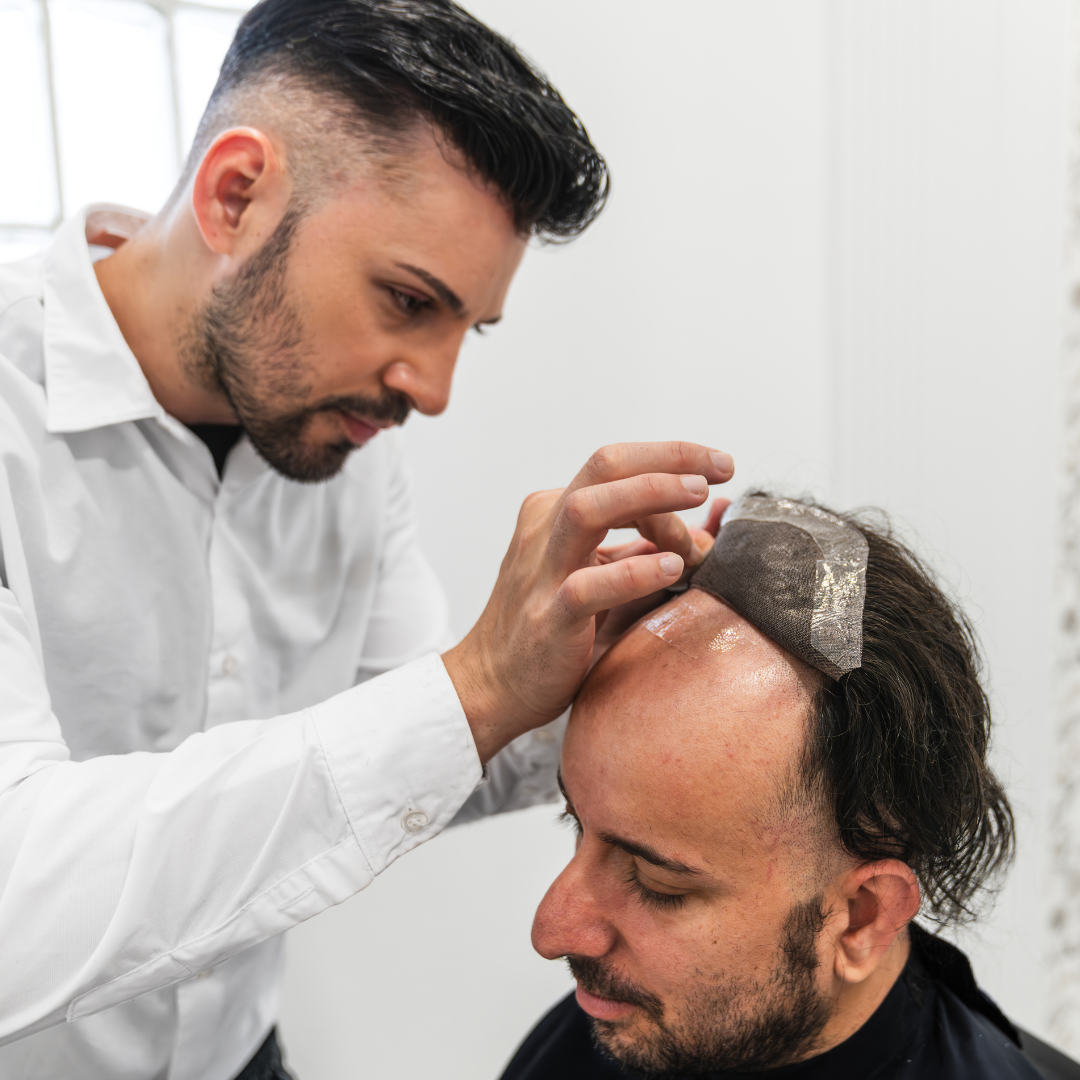
#1
Wear a wig or toupee
A wig or toupee can cover large areas of thinning hair. It can be made of natural hair that matches your hair color.
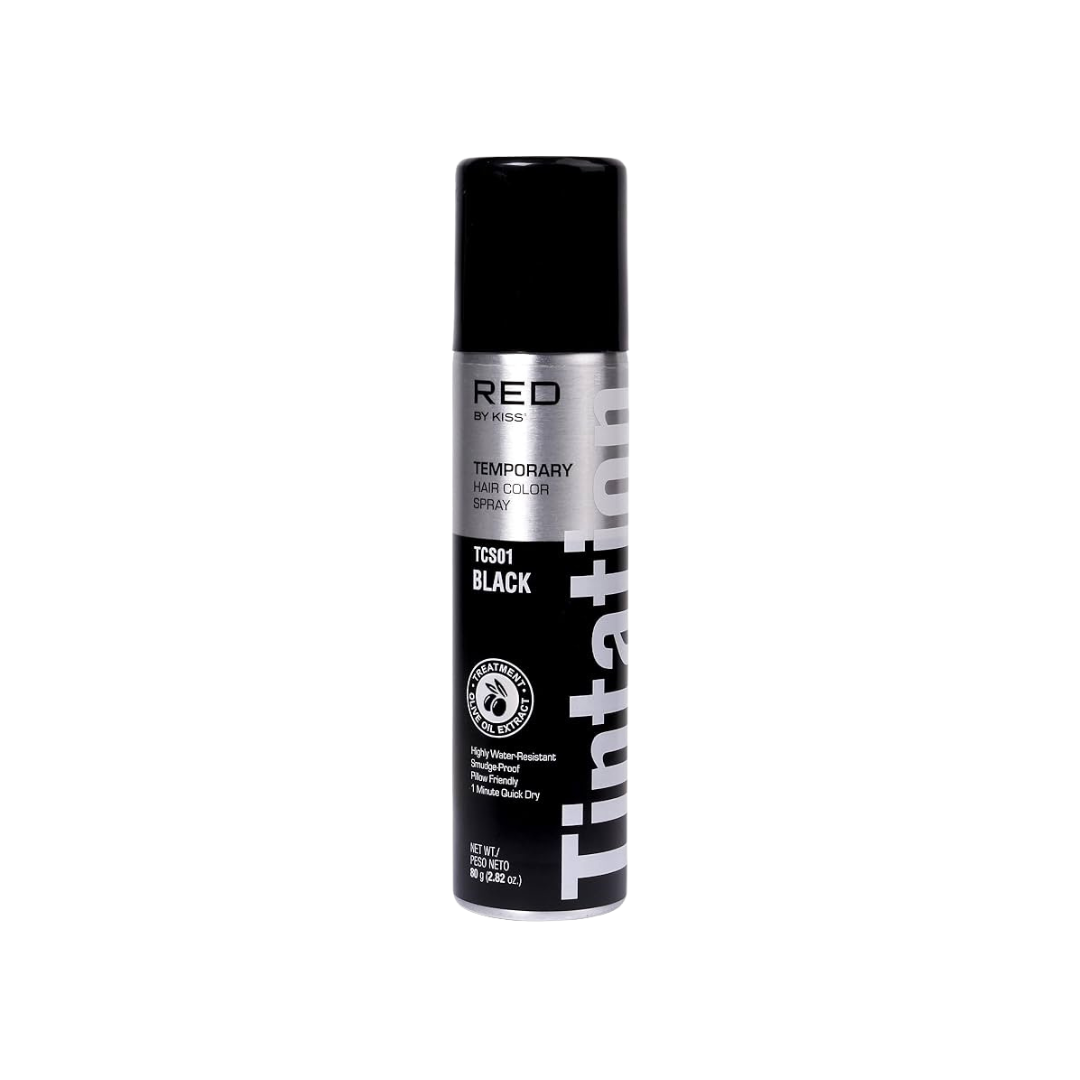
#2
Use scalp sprays
You can use a spray or colorants that match your hair and scalp color to fill in thinning areas of your scalp and reduce the appearance of thinning.
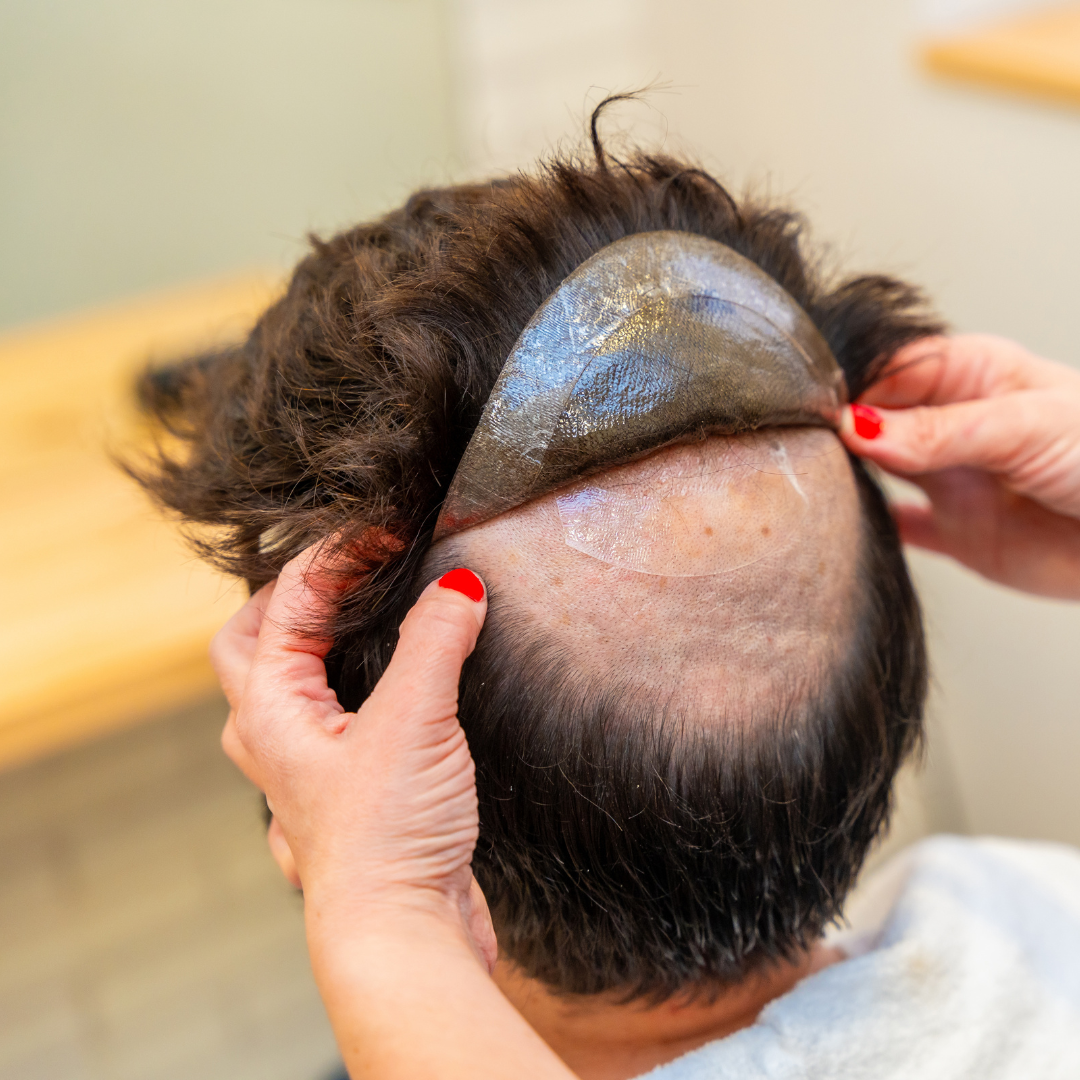
#3
Try a crown weave
Ask your barber or hairstylist for a crown weave for thinning on the top of your head.
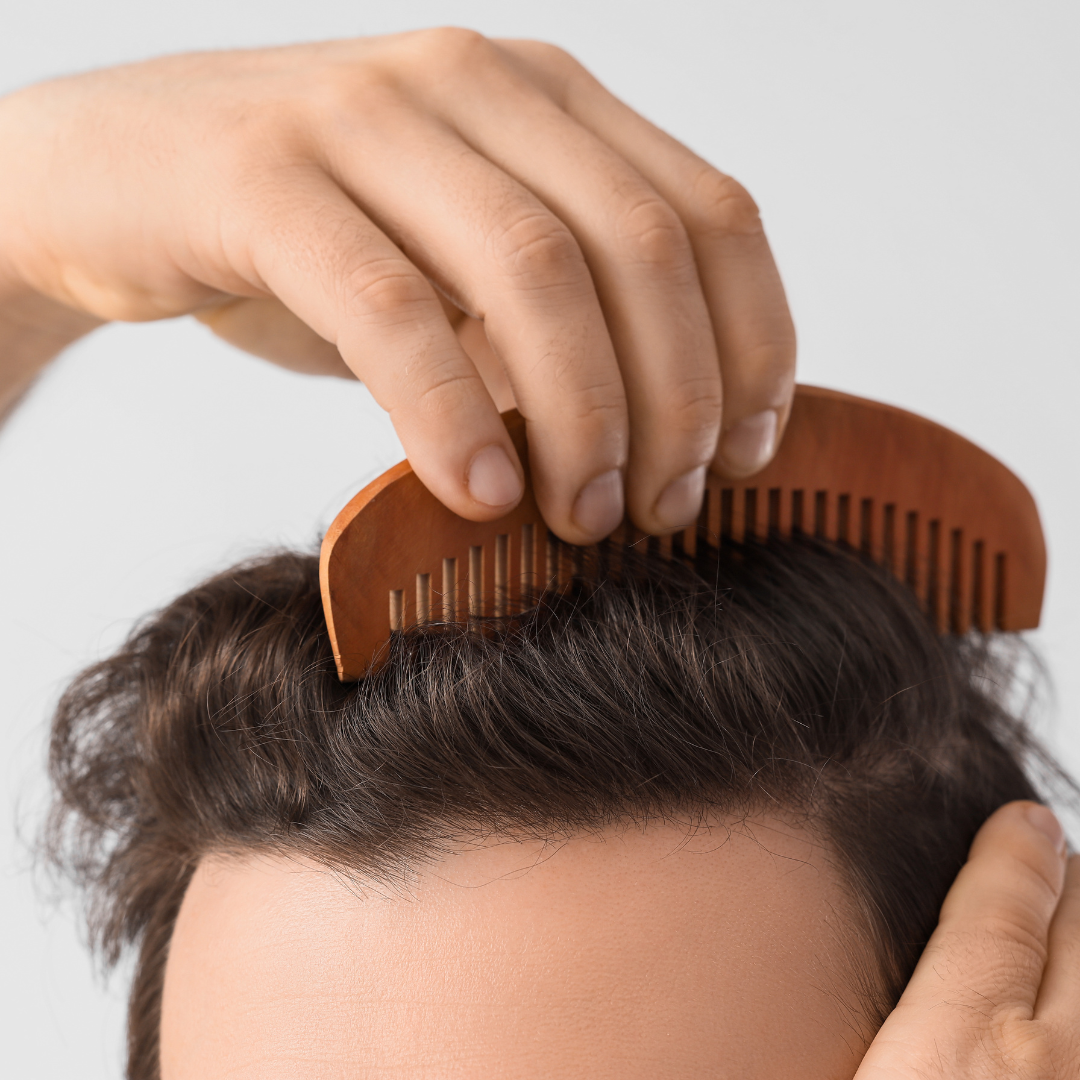
#4
Play with your hairstyle
Try a hairstyle like a comb-over, slick-back, or pompadour to add volume and cover thinning areas in the back.
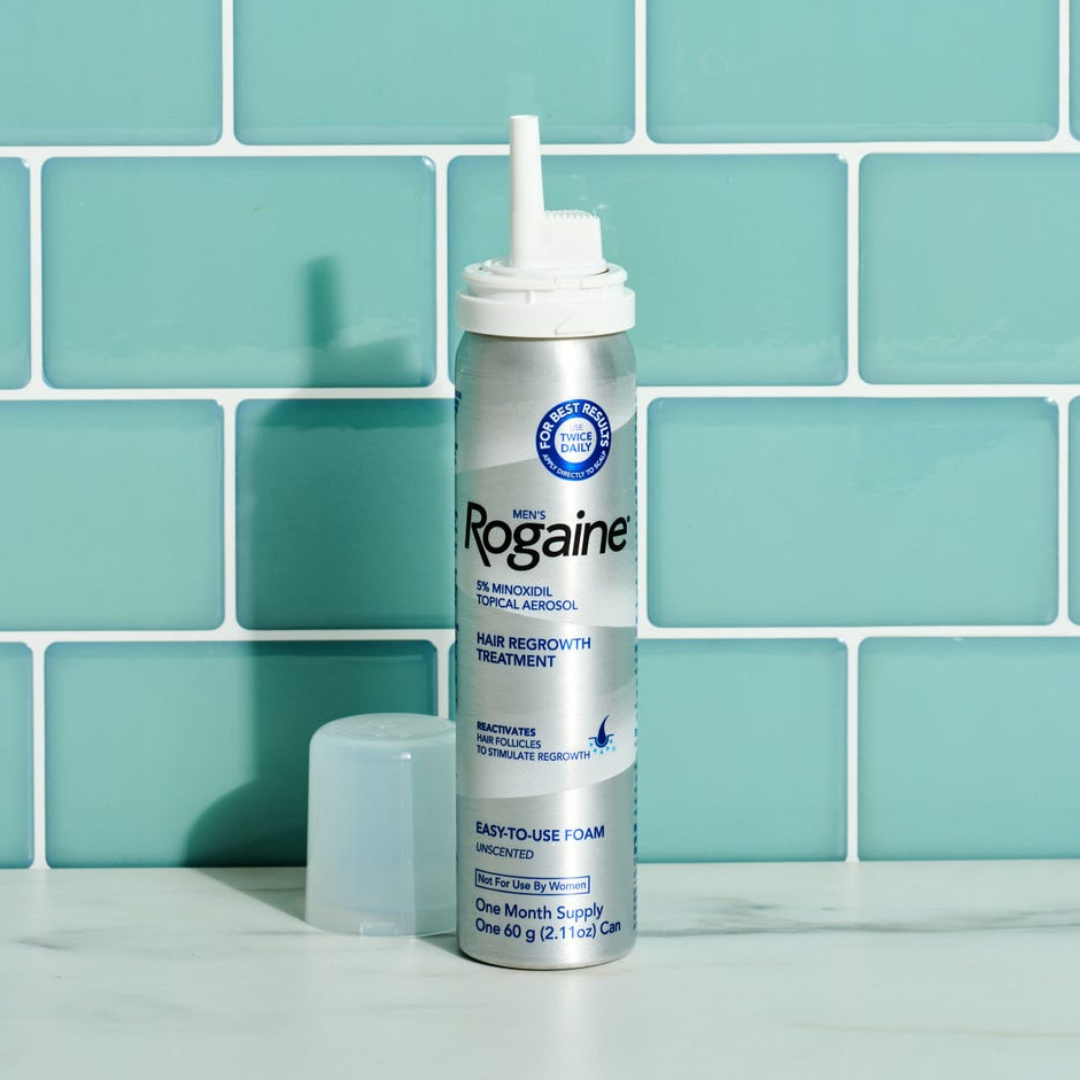
#5
Minoxidil (Rogaine)
Minoxidil (Rogaine)
is a topical hair loss treatment that you apply to your scalp two times a day to help promote hair growth in thinning or balding areas.
Rogaine is approved by the Food and Drug Administration (FDA) for use at home, and there are plenty of sources proving that it can help.
Talk to your doctor first to make sure it will work for you, and to go over any diet or lifestyle changes you may need to make to help Rogaine work more effectively.
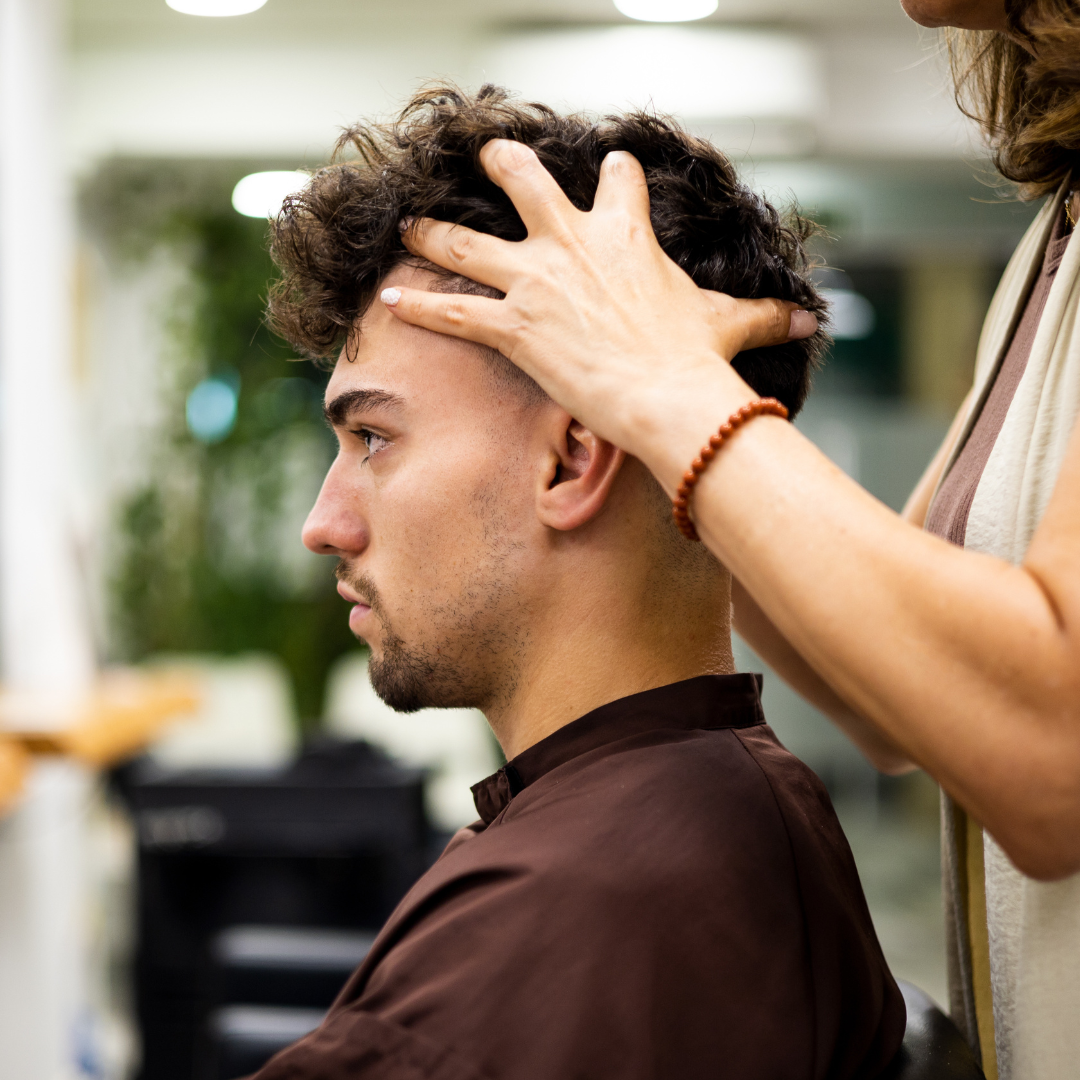
#6
Scalp massage
Gently put pressure around your scalp with your fingertips.This helps blood flow more easily to the follicles and promotes hair growth.
Try using castor oil to moisturize your hair and get your blood flowing at the same time. Both may help you grow more and thicker hair.
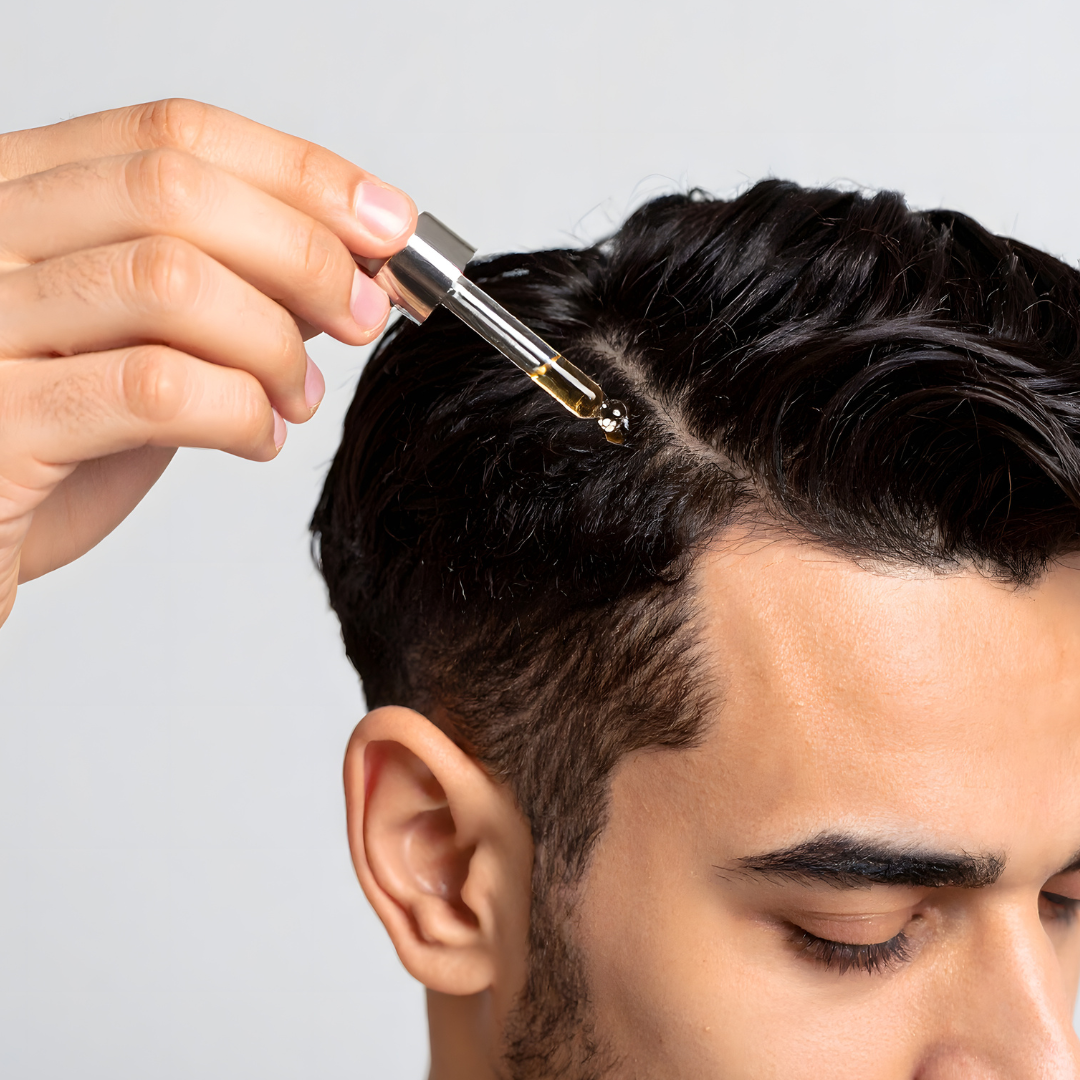
#7
Essential oils
Try applying an essential oil, such as rosemary, to your scalp and hair to promote hair growth. Lavender oil has been
shown to be somewhat successful in helping treat thinning hair.
Before applying the oil to your scalp, make sure to dilute it with a carrier oil and do a patch test to make sure you’re not allergic. You can do this by putting a small drop on your skin first and waiting 24 hours.
If your skin turns red and itchy with hives, you may be allergic. Don’t use the oil if you see this reaction. Also do not apply undiluted
essential oils directly to your skin.
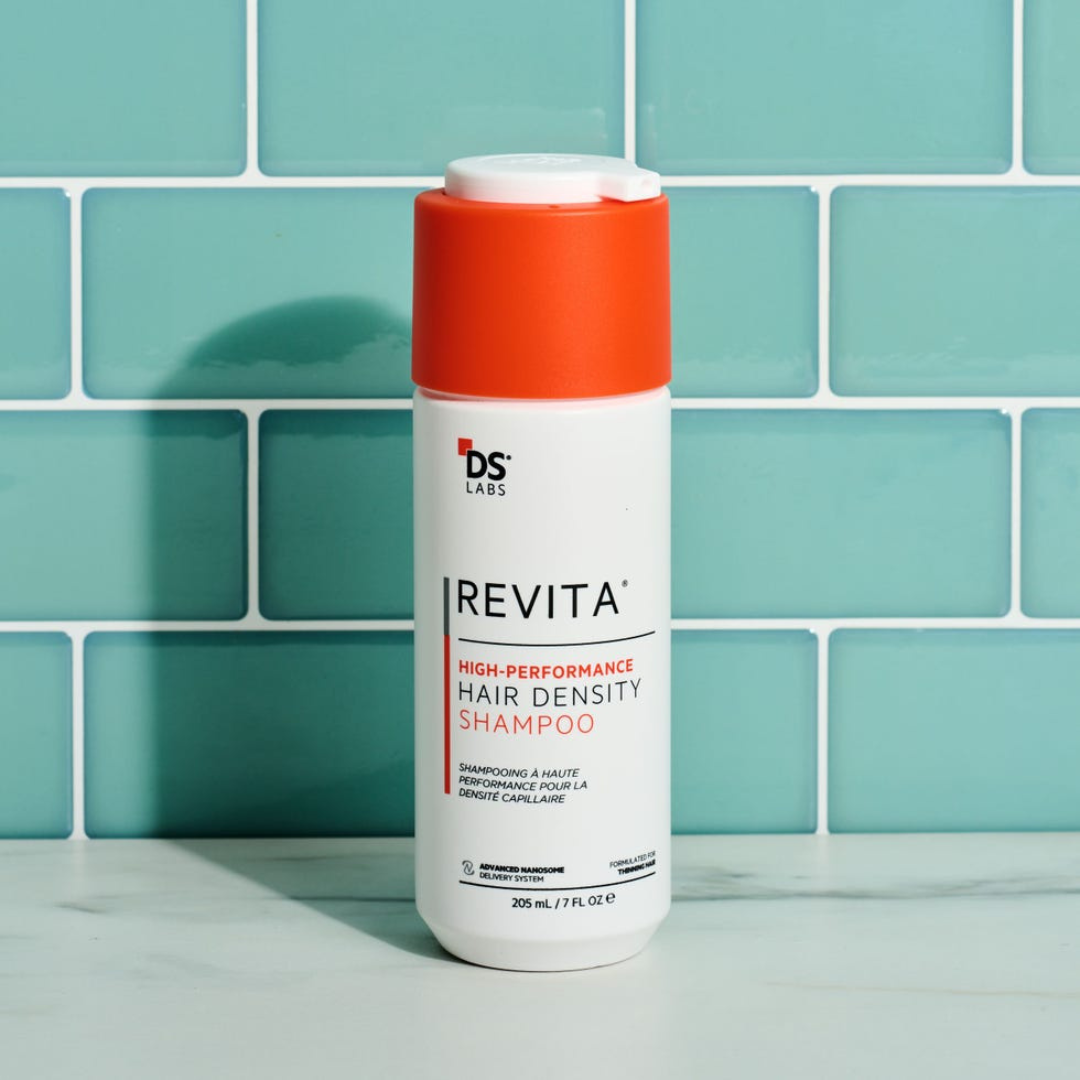
#8
Shampoo
Try an anti-thinning shampoo that can add volume to your hair and nourish it and its follicles with vitamins and amino acids.
This can help bring nutrients and moisture to your scalp that can promote hair growth and follicle health.
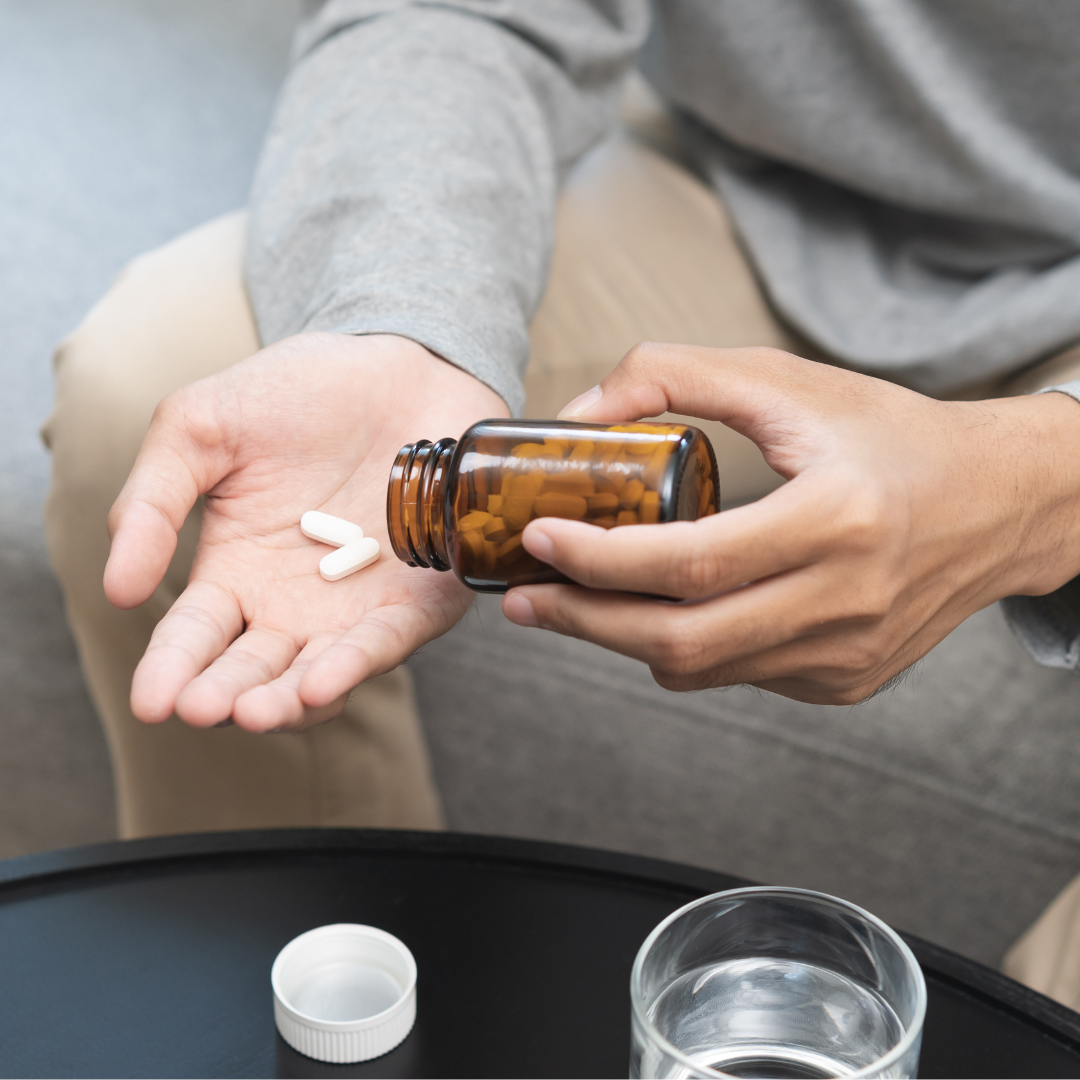
#9
Vitamins
Try a multivitamin rich with iron, folic acid, and zinc to ensure that hair grows back consistently thick and healthy.
Some other supplements that may help include:
- Biotin
- Omega-3 and Omega-6 fatty acids
Talk to your doctor before you take any new vitamins. There isn’t a lot of evidence that vitamin supplements will cause hair regrowth, and having too much of a specific vitamin can lead to other health issues.
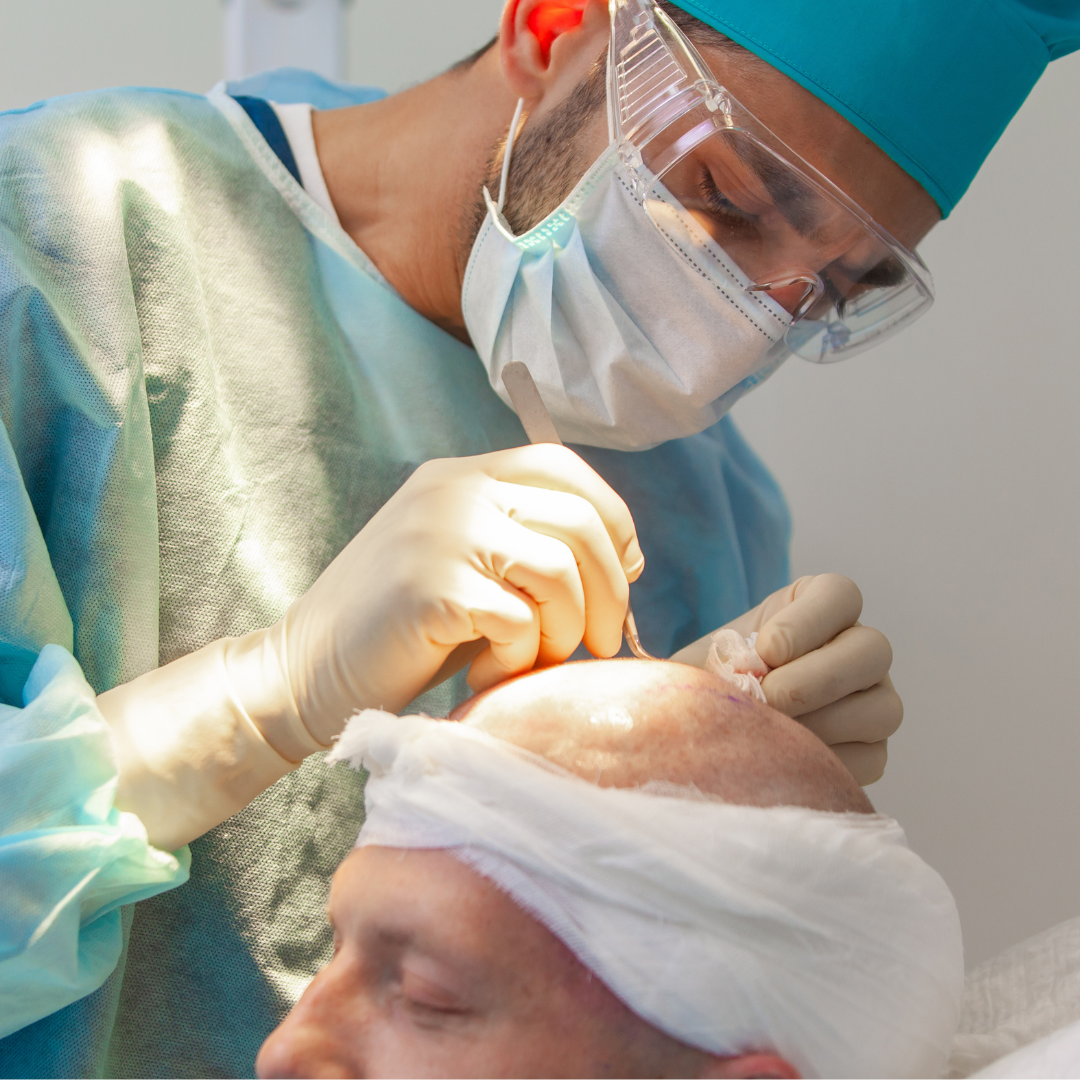
#10
Hair Transplant
Talk to your doctor about a surgical hair transplant to graft new, healthy follicles onto your scalp.
This procedure should be a last resort if you want to completely refresh your hair growth. A hair transplant may not help everyone and can lead to scars or unnatural hair patterns if done incorrectly.
